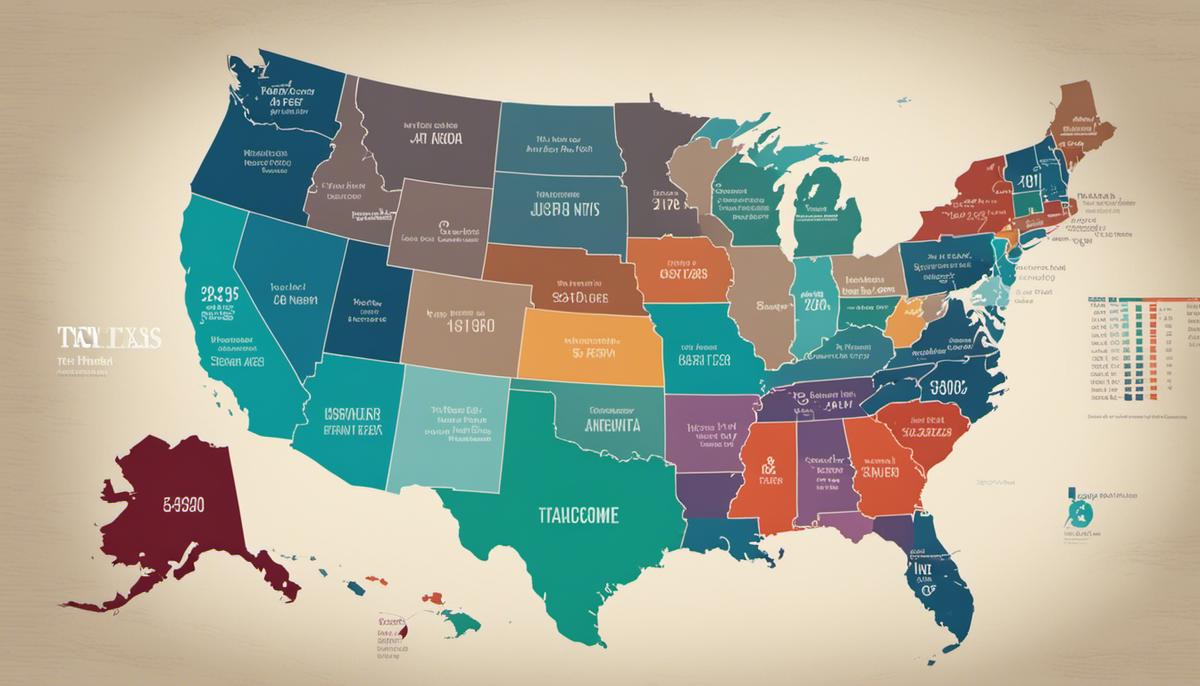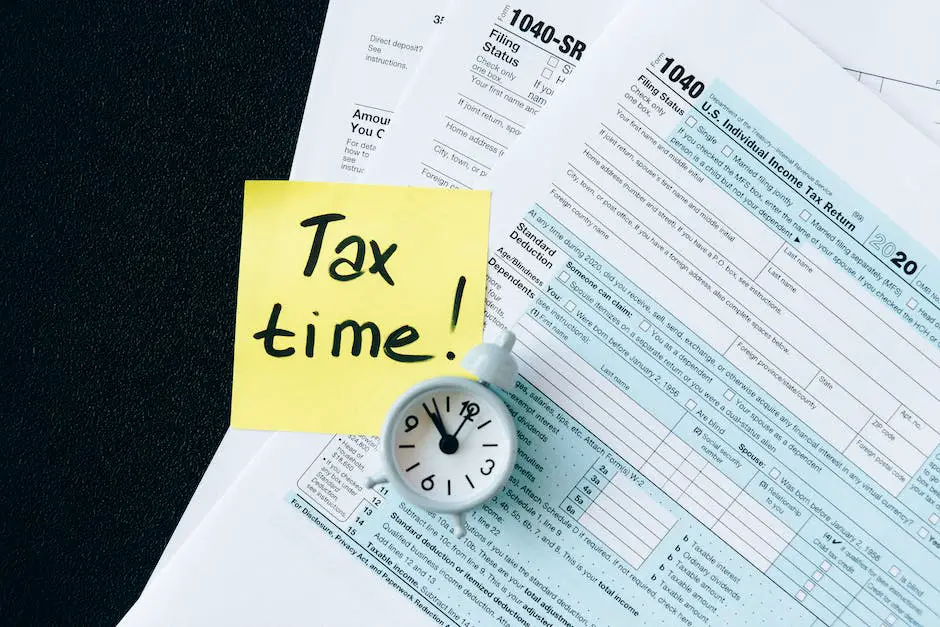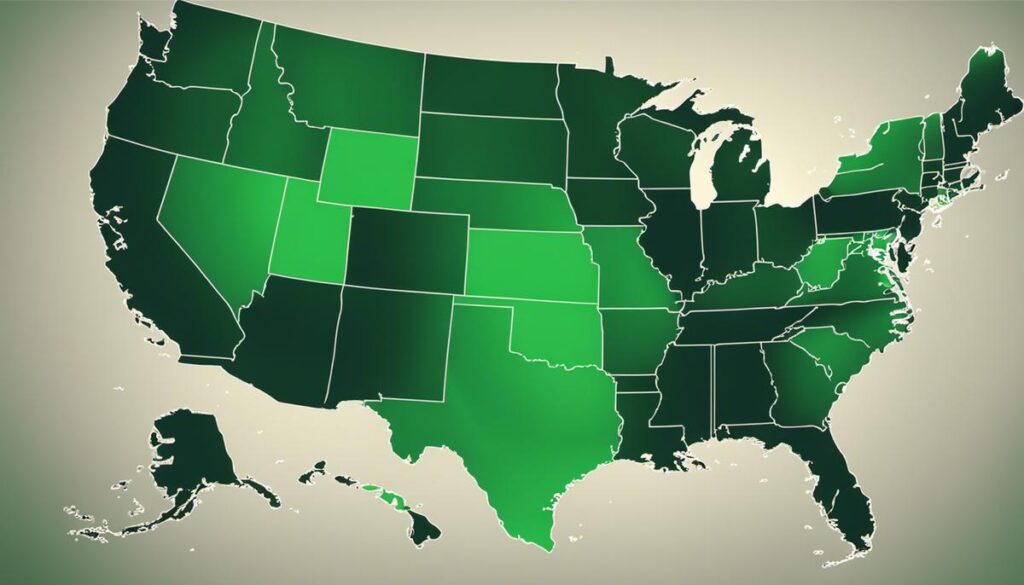In the vast economic structure of the United States, state income taxes play a crucial and multifaceted role. These taxes, which vary widely across the nation’s fifty states, are an integral part of public finance, funding vital services and infrastructure. Understanding their function, their impact on the economy and personal finances, and the substantial differences among them in each state forms the basis of this discussion. An exploration into the implications, including their influence on jobs, investment, and cost of living, will shed light on their overall importance. Moreover, to help navigate the complexities of these taxes, we provide guidance on tax planning and compliance, outlining critical aspects such as filing, payment deadlines, possible deductions, and credits.
Overview of state income taxes
Understanding State Income Taxes
State income taxes are a critical component of a state’s financial system. Acting as the main source of revenue, these taxes fund various government services, projects, and welfare, such as road maintenance, public transit, and healthcare. They directly affect the state’s economic conditions, playing a pivotal role in determining its budget and expenditure.
How State Income Taxes Work
State income taxes work on the same principle as the federal income tax. These taxes are levied on individuals and businesses residing within the state boundaries. Residents pay a certain percentage of their gross income, which varies from state to state. For non-residents who work or earn income in the state, they pay taxes only on the income earned within the state’s borders.
Some states have a progressive income tax system in place, just like the federal government. Here, the tax rate gradually increases with the taxpayer’s income. Other states use a flat-tax system, where everyone pays the same rate regardless of income. A small number of states do not charge state income tax at all.
The Economic Role of State Income Taxes
The funds generated through state income taxes have significant economic implications. They enable government operations and project funding, directly impacting the state’s overall economic health. Well-managed revenues can ensure well-funded public services, paving the way for a prosperous and well-functioning state.
If a state can depend primarily on its income tax, it might not have to lean heavily on other forms of taxation, like sales or property taxes. This tactical redistribution can help maintain a balanced tax structure, spreading the economic load rather than concentrating on a particular sector.
Understanding the Role of State Income Taxes
State income taxes play an integral part in public finances, funding essential programs such as education, healthcare, safety services, and infrastructure development. These programs drastically affect the living conditions within a state, making state income taxes foundational to the residents’ quality of life. A well-organized income tax system can also indicate effective administration and fiscal responsibility, which can draw more people and businesses to the state.
State income tax rates also play a critical role in a state’s fiscal health. The rates can be adjusted to cope with financial deficits. For instance, the state might consider raising tax rates or expanding the tax base during times of revenue shortfall. However, these decisions often spark public debate, as they directly impact households and businesses.
The essence of state income taxes thus lies in their capacity to finance public services and shape a state’s fiscal landscape, contributing to overall efficiency and dynamism.

Photo by alexandrevanthuan on Unsplash
Variations in state income taxes across America
The Diversity of State Income Taxes in America
State income tax rates across the United States vary significantly, ranging from zero to 13.3%. This substantial variation has a profound impact on the overall tax burden of residents. Accordingly, these tax rates play a substantial role in where individuals choose to live, work, and do business.
States with No Income Taxes
Seven states in the U.S. currently do not impose any state income tax: Alaska, Florida, Nevada, South Dakota, Texas, Washington, and Wyoming. Two other states, Tennessee and New Hampshire, only tax dividends and interest income. The absence of a state income tax is often offset by higher property taxes, sales taxes, or other government fees.
States with High Income Taxes
Conversely, states like California, Hawaii, New Jersey, Oregon, and Minnesota have some of the highest state income tax rates. California tops the list with a 13.3% tax rate for income over $1 million. Hawaii, at second place, has a top rate of 11% on income over $200,000 for individuals or $400,000 for joint filers.
Factors Behind Tax Variations
There are several reasons behind the variations in state income tax rates, including the state’s fiscal health, a state’s revenue needs, and the revenue raising tools available to state governments. Higher income tax states often provide more government services or have higher expenditures. Some states with no income tax make up the difference with higher sales or property taxes, while others, like Alaska, generate significant revenue from natural resources.
States like California and New York, despite their high taxes, can attract people and businesses with their robust economies and opportunities not available in other states. On the other hand, lower tax states may appeal to retirees or those seeking to save on tax payments.
Effect on the Economy
The variation in state income tax rates can have substantial effects on a state’s economy. Higher-income tax states might discourage high-earners or corporations from residing or conducting business there. In contrast, states with low or no income tax might attract affluent residents or businesses, potentially boosting economic activity.
Interstate Comparisons and Migration Trends
When comparing tax rates across states, it’s essential to consider the overall tax burden, including property, sales, and other taxes. A state with no income tax may still be more tax-heavy than a state with lower property or sales taxes. Furthermore, tax rates are just one of many factors influencing interstate migration. Others include job opportunities, housing costs, climate, and family considerations.
Wrapping up, it’s important to note that in the U.S., state income tax rates are far from standardized. They are influenced by a myriad of factors such as state government spending, revenue restrictions, and the prioritization of attracting and retaining residents and businesses. While it’s undeniable that taxes play a significant role, they are just one out of many factors that have a bearing on people’s decisions of where to settle and where to work.

Implications of state income taxes
Influence of State Income Taxes on Job Growth
State income taxes hold a definitive sway on job growth by affecting people’s work enthusiasm as well as businesses’ ability to hire. Higher tax rates may dishearten folks from putting in more hours, because the thought of not realizing the entire value of their efforts can be discouraging. This has the potential to then shrink the supply of labor, restricting the creation of new jobs.
On the flip side, businesses can be deterred from broadening their base, or even from setting themselves up in a state with hefty income taxes, considering the added expense may reduce profitability and appeal. This can result in fewer job opportunities being generated within that state. In sharp contrast, states with lower, or even no income tax, may stimulate job growth, because businesses view them as more fiscally inviting places to establish operations.
Impact on Investment: Inflow and Outflow
State income taxes also significantly affect investment behavior. States with lower income taxes might attract more investors, as the returns on their investments would not be greatly reduced by taxes. Additionally, businesses might choose to invest more of their income in expanding their operations if they aren’t required to pay exorbitantly high income taxes.
However, states with high income taxes can discourage both domestic and foreign investment. High tax rates can eat into returns, making investments less lucrative. As a consequence, investors might choose to invest in states with lower taxes to maximize their returns, causing an outflow of potential investment funds from high tax states.
State Income Taxes & Cost of Living
The cost of living is heavily influenced by state income taxes. In states with high income tax rates, residents might need to have higher gross incomes to maintain the same standard of living as residents in states with lower tax rates. This is because a substantial portion of their income may be directed to paying state income taxes, leaving them with less disposable income.
Therefore, residents in states with high income taxes might experience a higher cost of living, not just because goods and services are more expensive, but also because they would have less disposable income relative to their gross pay.
On the flip side, states with lower income taxes can improve the standard of living for their residents by leaving a higher portion of workers’ incomes untouched. This provides individuals with more disposable income, potentially offsetting other costs of living expenses.
The Nexus of State Income Taxes and Economic Behavior
Of significance is the exertion of state income taxes on the economic behaviors of individuals and businesses. When tax rates increase, it can lead to a lack of job opportunities, dampen investment prospects, and heighten the cost of living. On the other hand, slashing income taxes can lead to an upswing in employment, entice investment, and lighten the financial burden of living costs.
While this may seem enticing, it’s crucial to understand the possible repercussions a state might face by lowering its income taxes. Drawbacks might include a decrease in public resources, the hindrance of infrastructure development, and a dearth of state services bankrolled by tax revenues. Therefore, policymakers need to use prudent judgement in striking a balance between enforcing tax rates and nurturing prosperous economic behavior.

Tax planning and compliance
Preparing for State Income Tax Obligations
Navigating your state income tax obligations begins with getting a handle on the timelines for tax filing and payments. Different states may follow varied deadlines for these tasks. The general guideline for both federal tax returns and payments is April 15, a deadline that many states follow as well.
However, there are exceptions to this rule. For example, taxpayers in Hawaii have until April 20 to file their returns. Hence, it is critical to be mindful of the tax timetable in your state to avoid facing late penalties.
Additionally, understanding your tax residency is crucial in managing your state income tax obligations effectively. In most cases, your tax residence is considered to be the state where you reside and hold significant ties. Yet, if you’ve lived in several states within the year, you might be tasked with tax obligations in each of these states.
Maximizing Tax Deductions and Credits
Understanding the available tax deductions and credits can help minimize your tax liability. Tax deductions lower your taxable income, which can reduce your tax bill. Common state income tax deductions may vary from state to state, but they could include certain federal taxes paid, home mortgage interest, and state and local property taxes.
Additionally, states often have tax credits, which directly reduce the amount of tax you owe. Some commonly offered credits include credits for child and dependent care expenses, elderly and disabled credits, or energy efficiency credits.
Consequences of Non-Compliance
Non-compliance with state income taxes may result in penalties that can substantially increase your tax liability. Late filing or late payment penalties are the most common. The severity of these penalties often depends on how late you are and on the tax regulations in your specific state.
If you fail to pay your state income tax, states can take collection actions. They can put a lien on your property, levy your bank accounts, or garnish your wages. In severe non-compliance cases, individuals might face criminal charges that could potentially lead to imprisonment.
In some states, interest accrues daily on unpaid taxes from the day they’re due until the day they’re paid. This interest is compounded annually, meaning you’re paying interest on interest.
Key Takeaway
State income tax planning and compliance require a good understanding of your tax obligations, maximizing your tax deductions and credits, and being aware of the severe consequences of non-compliance. To keep up with these obligations, it’s beneficial to seek the guidance of a tax professional or to use an automated tax software that can help navigate the complexities of state income tax laws.

Whether you are an individual taxpayer or a business, state income taxes are a vital consideration for economic decisions. Understanding the challenge these taxes present, the variations they exhibit across different states, and their effects on economic behavior is instrumental. Furthermore, having knowledge about the methods of compliant tax planning, the options available for deductions and credits, and the potential repercussions of non-compliance is pivotal for anyone involved in America’s economic landscape. State income taxes, in all their complexity and diverseness, continue to play a central role in shaping and driving the economic future of the United States.


